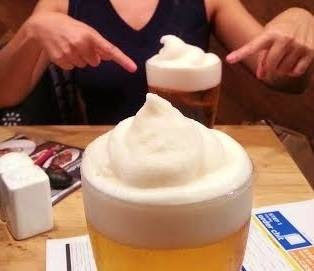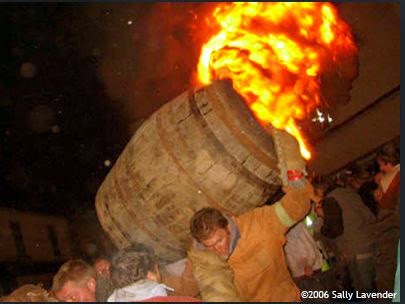In UK biblical tradition, there were Three Kings (or Three Wise Men, or Magi) who visited Jesus when he was born. They came from the East, and followed an unusually bright star in order to navigate their way to the stable where he was born. The Magi knelt before the infant Jesus, and it was a sign that powerful people had realised Jesus's significance from day one. And they brought with them three precious gifts: gold, frankincense, myrrh.
In fact it seems the number of kings was not made explicit in the Bible, and some branches of Christianity believe in larger groups of Magi. Magi is the Latin plural of 'Magus', meaning magician - and in ancient times, referred to Zoroastrian priests from maybe Persia or Babylonia, who were expert astronomers and astrologers.
But anyway, back to the gifts. All these gifts are traditionally viewed as presents fit for a king. And Gold, we all know about. But Frankincense and Myrrh? What's going on there? They're peculiar words which Christian children make jokes about. Because in the West, most people have never seen or used them.
In fact, I've seen Frankincense a few times, in markets in Dubai and Jerusalem, for example. It's actually the fragrant resin from a tree, and looks a bit like chunks of crystally rock, or rough brown sugar crystals. It can be used as incense, for aromatherapy and can even be chewed to aid digestion and for other medicinal uses. In some cultures, it was mixed with oils for anointing people (including infants) as a sort of initiation, and symbolised Godliness. Frankincense comes mainly from North Africa and Arabia, and was traded widely in olden times, even as far East as China. It was used as far back as ancient Egypt. Today in the West it is used nearly only as incense at some 'high Church' ceremonies. Which is why most of us had never seen it as children. Apparently it's still used as part of traditional medicine in India and other countries. There are different grades and types of Frankincense, coming from different varieties of the same tree.
 |
| Frankincense resin |
Myrrh is a bit more obscure. Though actually it is also an aromatic resin originating in Arabia and North Africa - but from a different tree. I'm not sure I've seen Myrrh in modern markets, and in ancient times is was considered a rare substance. But it, too, can be used as an incense and medicine, and it can be ingested if mixed with wine. It generally has a reputation as an analgesic and antiseptic, and is also used in Chinese and Indian traditional medicines to correct bloodflow. Myrrh was used in embalming processes (by the ancient Egyptians, for example) and some people took this gift from the Magi to symbolise the fact that Jesus would die early to save man. (Now there's a cheerful baby shower gift.) Though some parties state that in ancient times, Myrrh could also be used to rid infants of both coughing and worms - thus it had a healthy, practical use too!
Myrrh apparently smells more like a bitter aniseed. The name originates in the Middle East, and means 'bitter'. Both Frankincense and Myrrh are obtained from their respective trees by slicing the bark, so that the beads of resin drip out and harden.
Oddly enough, in their day, it is likely that both of these resins were more valuable than the third gift: Gold.
 |
| Myrrh resin |
 |
| Harvesting Frankincense |





































